5 ways to light Art
How do you decide on the best method of lighting for your art …. a picture light or a recessed downlight, a spotlight or a floor light?
As specialist lighting consultants we look at many factors before deciding ; the art – sculpture or painting, oil or water colour, frame or stretched canvas, as well as …
- the type of painting; colours, size, frame etc.,
- the position of the painting in the room
- the ambient lighting in the room
- the interior & spatial design of the room
- technical aspects : colour temperature, colour rendering, dimming protocol etc.
when we’ve assessed all these factors we specify and supply the most appropriate luminaire for the job.
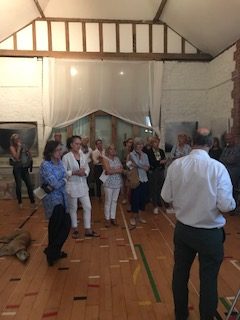
At our Art Lighting talks we demonstrate some of the effects the different fittings can have on art and discuss various lighting methods but for those of you not able to attend our talks here are 5 ways to light art :
- Wall Wash
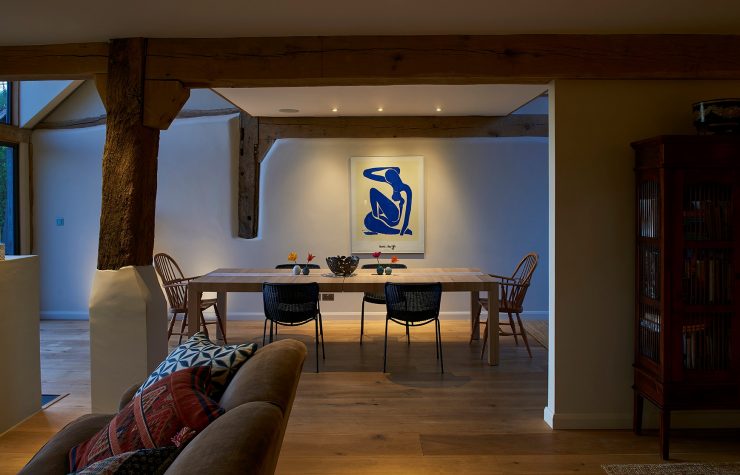
Wall washing creates a bright overall wall with no attempt to highlight individual pictures. It is a technique favoured by galleries for it’s flexibility and has the same advantage at home. The position and size of pictures becomes much less important since the whole wall is pretty much at the same intensity of light.
Wall washing needs either closely arrayed or high power fittings of wide beams either from recessed downlights or more likely surface spotlights. It is good for walls with lots of paintings or for particularly large pieces of art.
2. Soft Light

Soft lighting creates a pool of light larger than the pictures covering some of the adjacent wall. The aura is intended to be quite soft and provide a subtle highlighting of the art, but is also very much about lighting the interior space as well.
Recessed downlights with the right technical qualities are required to make this form of lighting work well. The lights need to be positioned the correct distance from the wall and the art hung at the right height – otherwise it will not work. It works best for shallow frames, since deep frames create large shadows beneath the artwork. Surface spotlights are easier to work with because the fittings can be angled more towards the wall. However angles need to be considered to avoid unwanted reflections, particularly in the glass.
3. Highlight
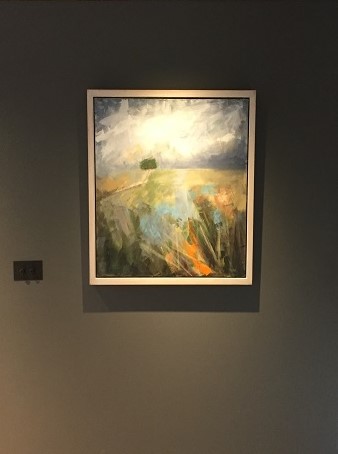
Highlighting uses a narrower beam spot to make the centre of the fitting pop without a concern to light the whole picture. it is a more dramatic effect used on art that is intended to be a focal point of an interior. Recessed downlights are good for this purpose.
Downlights need to have good beam and colour qualities to create the best effect from highlighting.
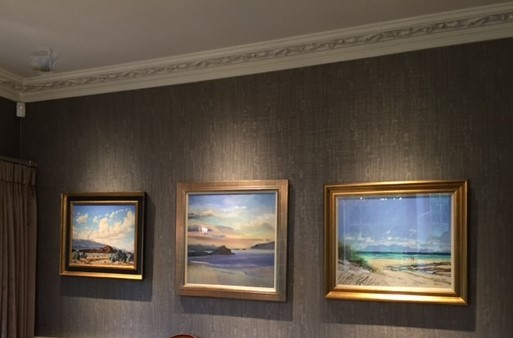
4. Picture light
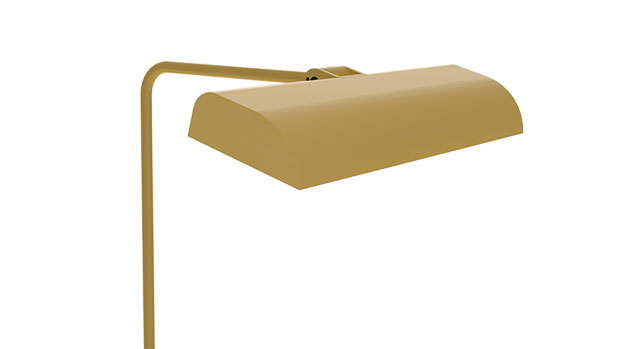
Conventional picture lighting is still one of the most popular ways of lighting art. The technique should create an intimate light for the picture and less for the space around. This draws the viewer closer and works especially well in dimly lit spaces. The quality of picture light is important and the size should allow most of the picture to be lit. The LED picture lights get away from the heat and UV problems of halogen and allow for better optical control.
5. Uplight
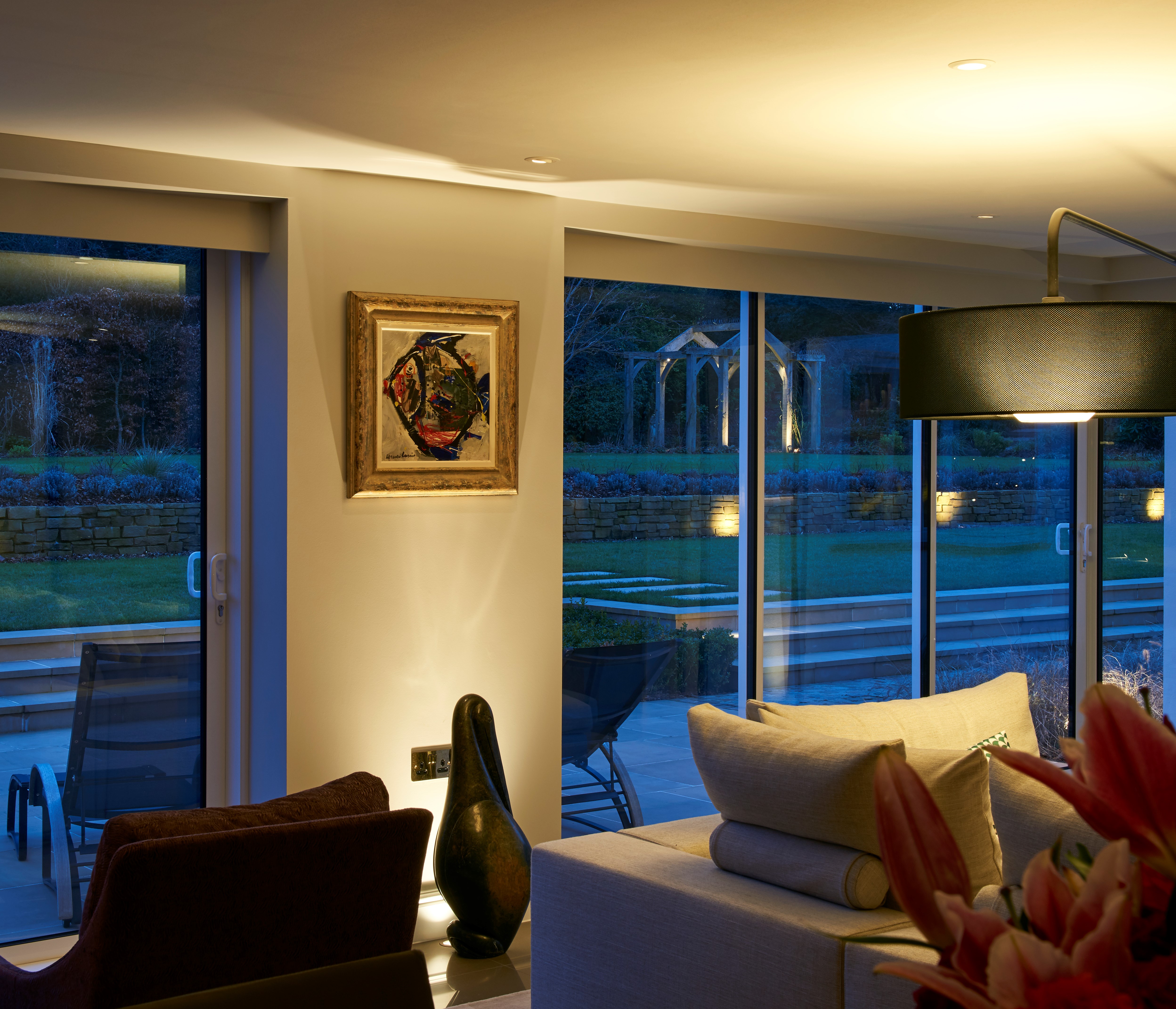
A quite rarely used technique, but some pictures are suited to being lit from underneath – either because of the painting itself or for greater dramatic effect. The light itself can be similar a free standing table top light or a floor recessed architectural fitting. The difficulty with this technique is accurate & discreet positioning. It may require some form of housing or plinth, which needs to be integrated into the interior design.
If you would like picture lighting advice or fittings – please contact us – we’d like to help.
T. 01962 738689
info@owl-lighting.co.uk
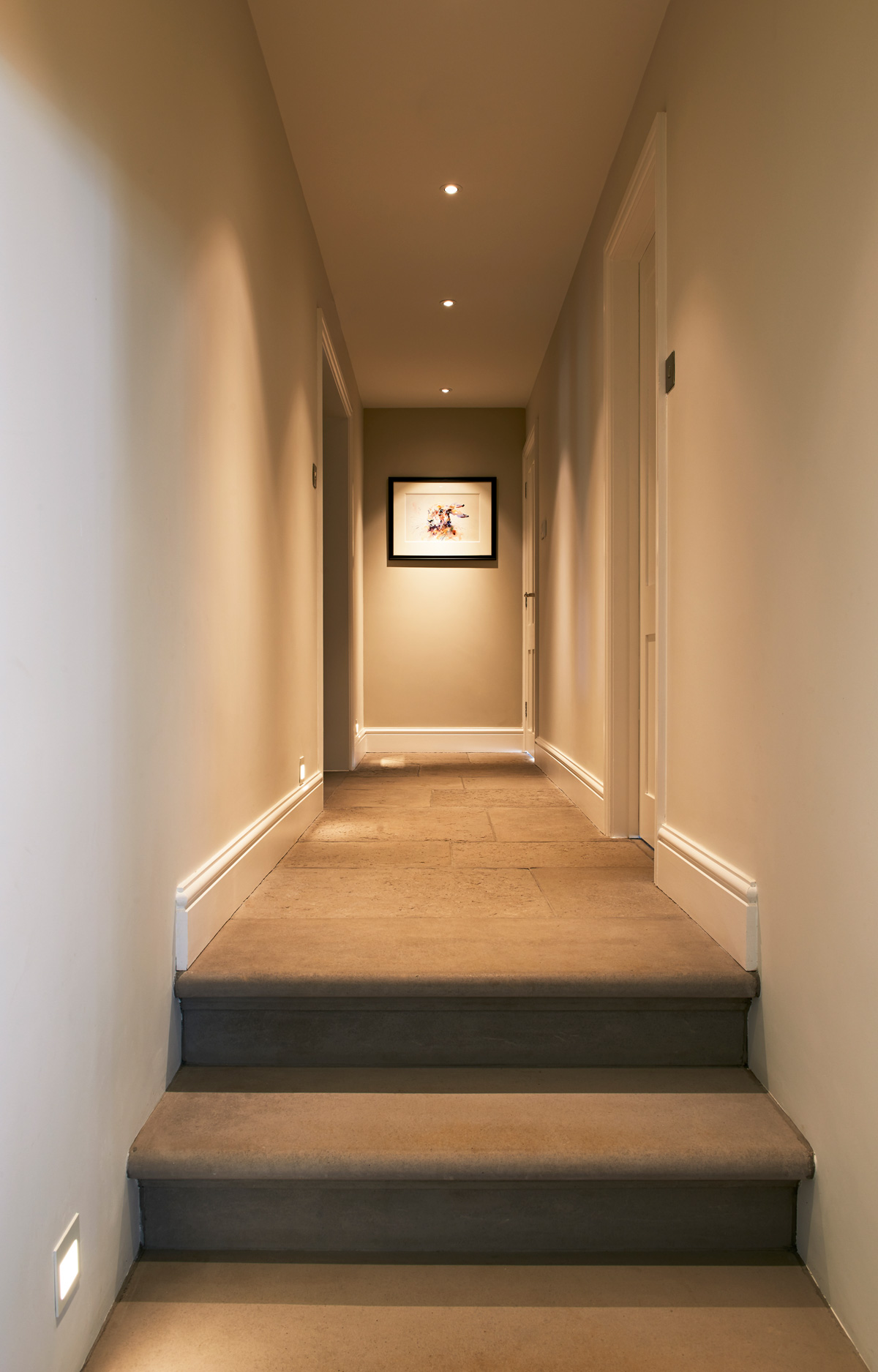

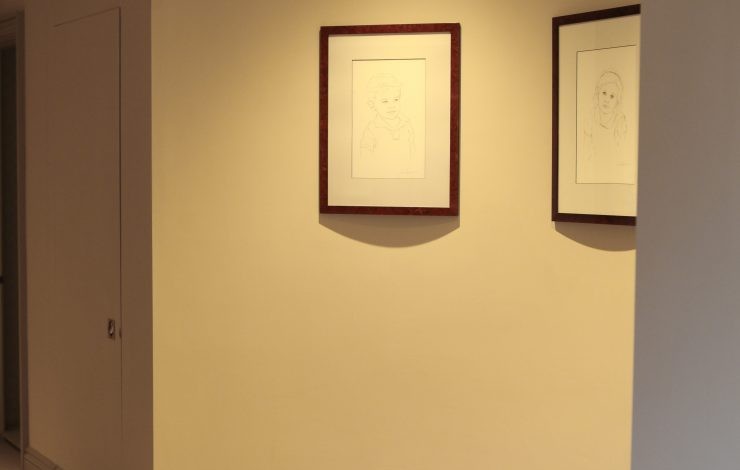
Leave a Comment